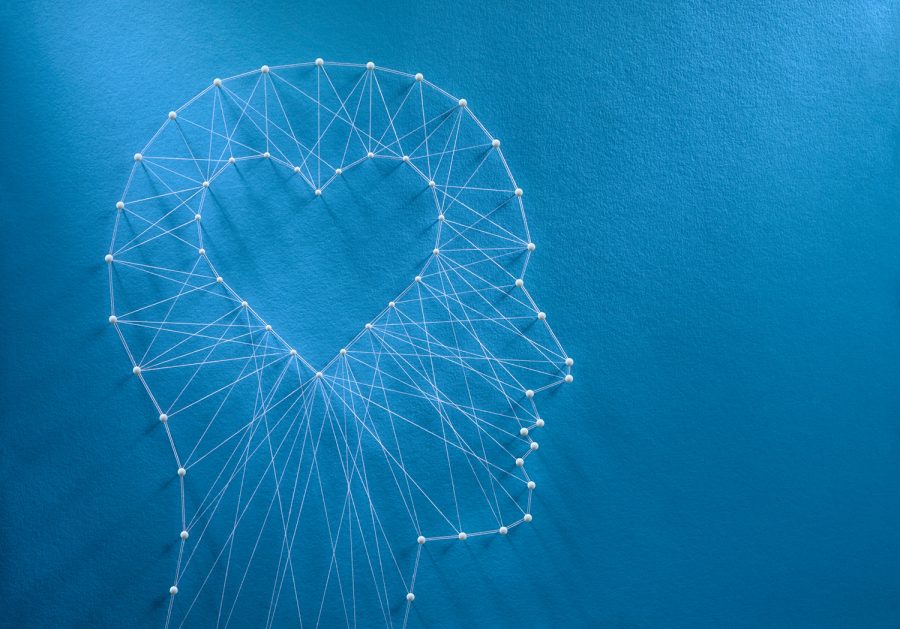UI center identifies K-12 students need for mental health resources
The Iowa Center for School Mental Health held a two-day summit to help educators better deal with mental health needs of K-12 students and faculty.
iStock
November 3, 2021
Editor’s note: This article deals with topics related to suicide
Iowa educators can help to prevent suicide among students by recognizing signs of mental illness among students and having resources to support their mental well-being.
The Iowa Center for School Mental Health held a two-day summit on Nov. 2 and 3 to help educators in the state of Iowa support the mental health needs of students.
According to the Center for Disease Control and Prevention, during 2020, the proportion of mental health-related emergency department visits among 12- to 17-year-olds increased 31 percent from 2019. The Iowa Center for School Mental Health is looking into what can be done to change that.
Gerta Bardhoshi, interim director of research and training for the Iowa Center for School Mental Health, said the first thing educators can do to help the problem is to be able to recognize the signs that a student is dealing with mental illness.
She said it is important for educators to connect with students and be aware of resources they can refer students to if more intensive care is needed.
“Teachers have a lot of power,” she said, “And we know that kids are craving that connection, especially with what happened with the pandemic. So, leading from a place of compassion and kindness and connection is going to be key.”
Bardhoshi said depression and anxiety are some of the most common issues students are facing.
“Generalized anxiety is pretty prevalent, we are also seeing a lot of social anxiety that’s cropping up,” she said.
Bardhoshi said suicidal ideation is another concern students are having. She said this is becoming more prevalent at the elementary school level.
In 2016, the Children’s Hospital Association documented 2,555 emergency room or inpatient visits among children aged 6 to 12 years old. In 2019, however, they documented 5,485 emergency room or inpatient visits for suicidal thoughts or self-harm among 6- to 12-year-olds.
In the first three-quarters of 2020, the association reported 3,503 such visits.
“We used to see it usually in the middle to junior to high school age,” Bardhoshi said, “And now we’re seeing elementary [school] also be a setting where we’re seeing some suicidal ideation that’s going up.”
Kari Vogelgesang, interim director of professional development for the Iowa Center for School Mental Health, said the goal of the program is to ensure teachers’ well-being, as well.
“It’s kind of like when you’re on an airplane, right?” Vogelgesang said. “And they’re telling you, before you put on the oxygen mask of the child next to you, you have to put yours on first. And it’s kind of the same thing with a teacher. It’s really very difficult to support somebody when they’re having mental health issues, or even to support their academic journey when you feel depleted yourself.”
Vogelgesang said the best way to combat this is for educators to build networks to support each other.
“Once [educators] build those networks,” she said, “It’s more effective then to advocate for the profession and the things they need in their classrooms and in their schools for themselves and their students.”
Vogelgesang added that it is important for teachers to be able to identify signs of mental illness.
“We’re not trying to make teachers school counselors, but we also need to train them to identify some of the characteristics students might present when they’re in crisis,” she said.
Vogelgesang said the biggest shortcoming of schools in supporting mental health has been resources. She cited the ratio of students to counselors which stood at 384 to one in the 2019-2020 school year.
The American School Counselor Association recommends a ratio of 250 to one.
Vogelgesang said it is particularly hard on teachers to support the mental health needs of their students while also trying to deliver academic content, especially with the increase in mental health issues brought on by the pandemic.
“That obviously gets very challenging. It’s very time consuming,” she said, “So we again come back to this idea of giving teachers and professional educators time and resources to work through some of these issues with their students and with themselves to process what is going on.”
Allison Bruhn, interim executive director of the Iowa Center for School Mental Health, said the summit has been very positive.
“The turnout has been amazing. We have over 1,600 people here [as of Nov. 2],” she said, “I think that speaks to the importance of the issue and people being really interested in learning more about how to support students’ well-being.”



